Author: Will Phillips
-
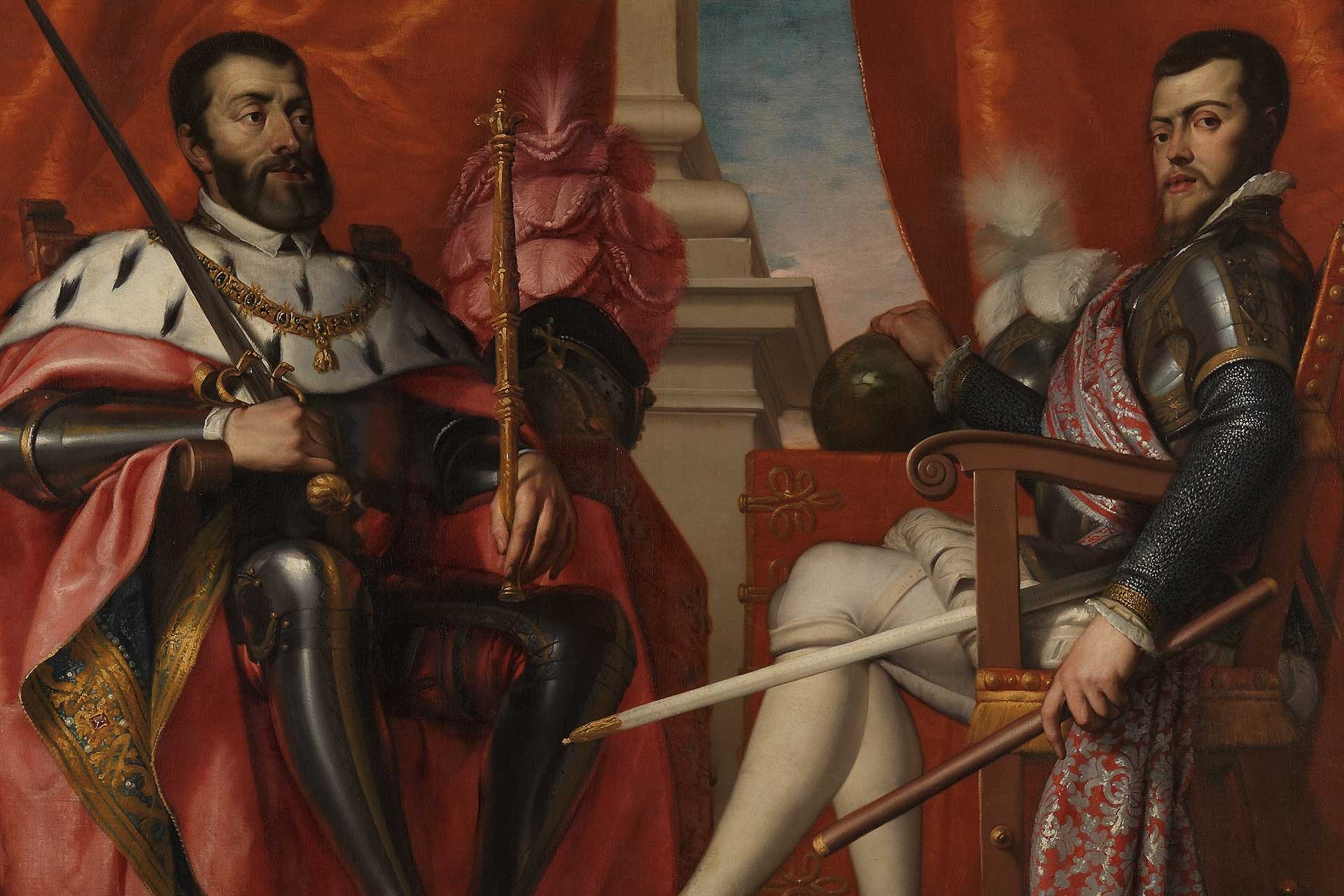
The Spanish Habsburgs & Their Governors
Holy Roman Emperor Charles V united the Low Countries under his personal rule and eventually abdicated in favor of his son Philip in 1555. From that point on, a revolving cast of Habsburg family members and close retainers would govern the Low Countries as the region descended into revolt and open war.
-
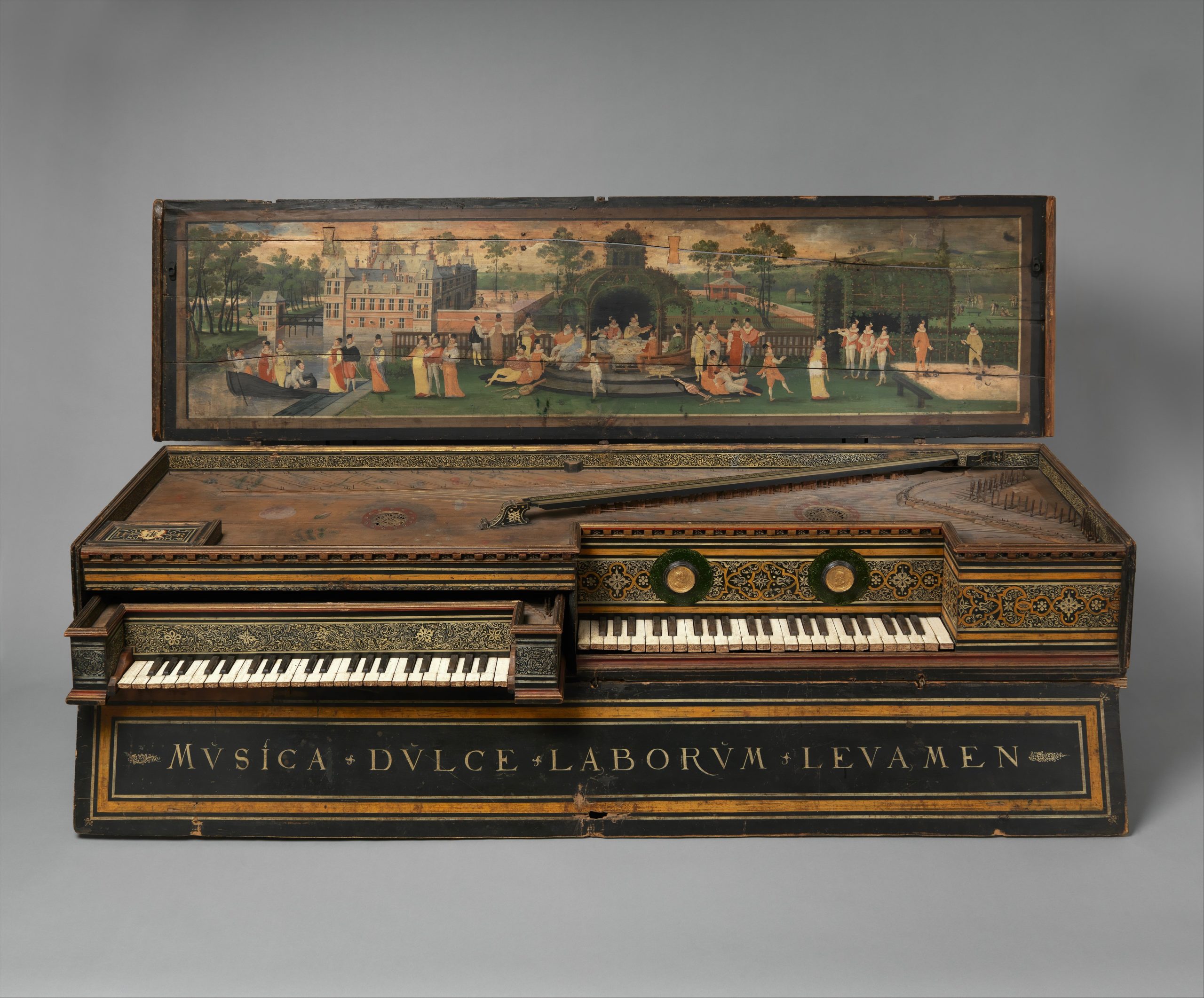
Ruckers Family Virginals and Harpsicords
The Ruckers family of Antwerp were active from the mid-1500s through the 1600s and are considered the “Stradivarius” of harpsichord and virginal makers. Their output was as much works of art as it was exquisite musical instruments.
-
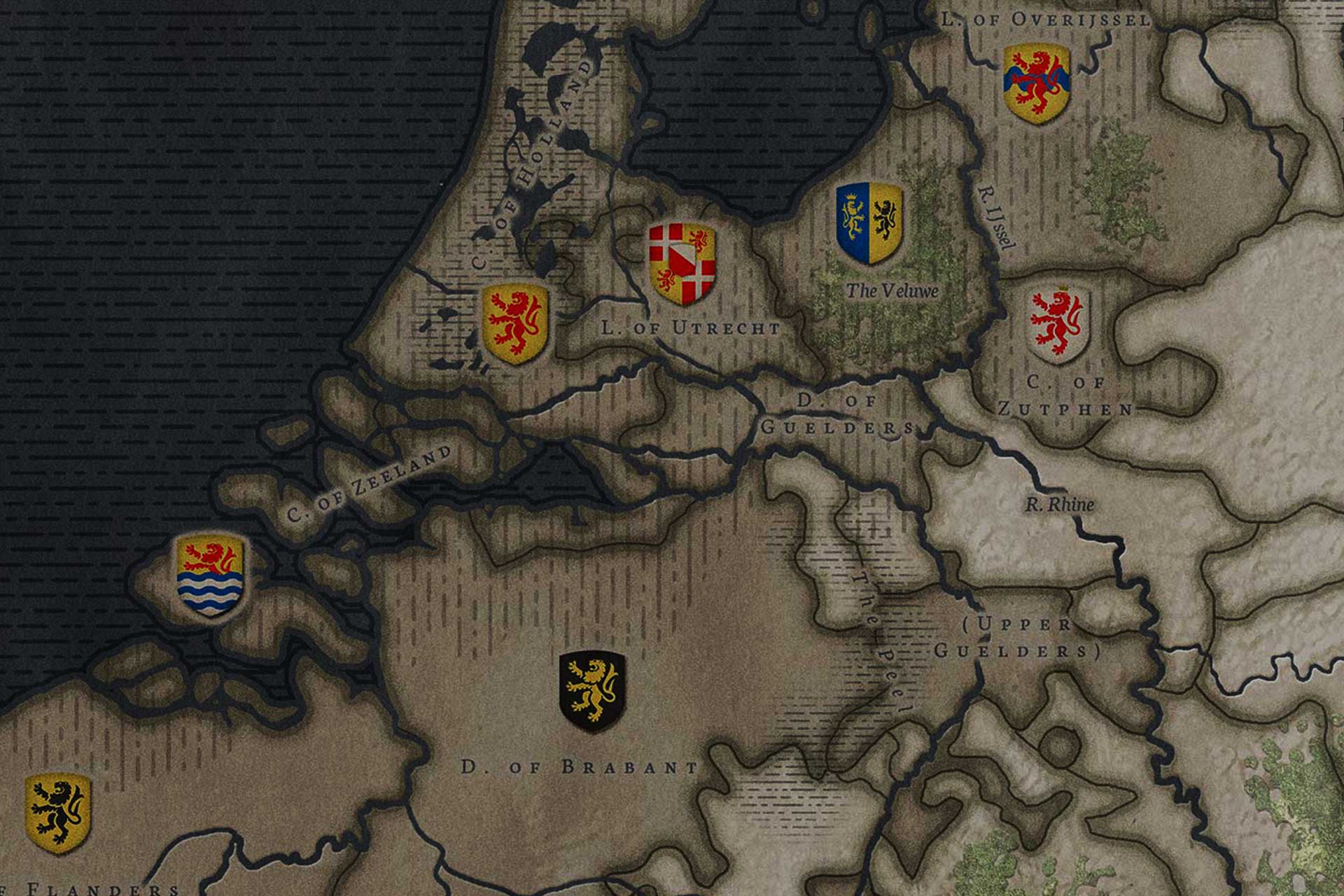
Map of the Seventeen Provinces and Neighboring Domains
In 1548, much of the Low Countries (modern Belgium, Netherlands, Luxembourg, and parts of northern France) were brought together into a single political entity called the Seventeen Provinces – directly under the control of Charles V. Though united by proximity, there were sharp divisions of history, culture, and language cutting through the provinces – divisions…
-
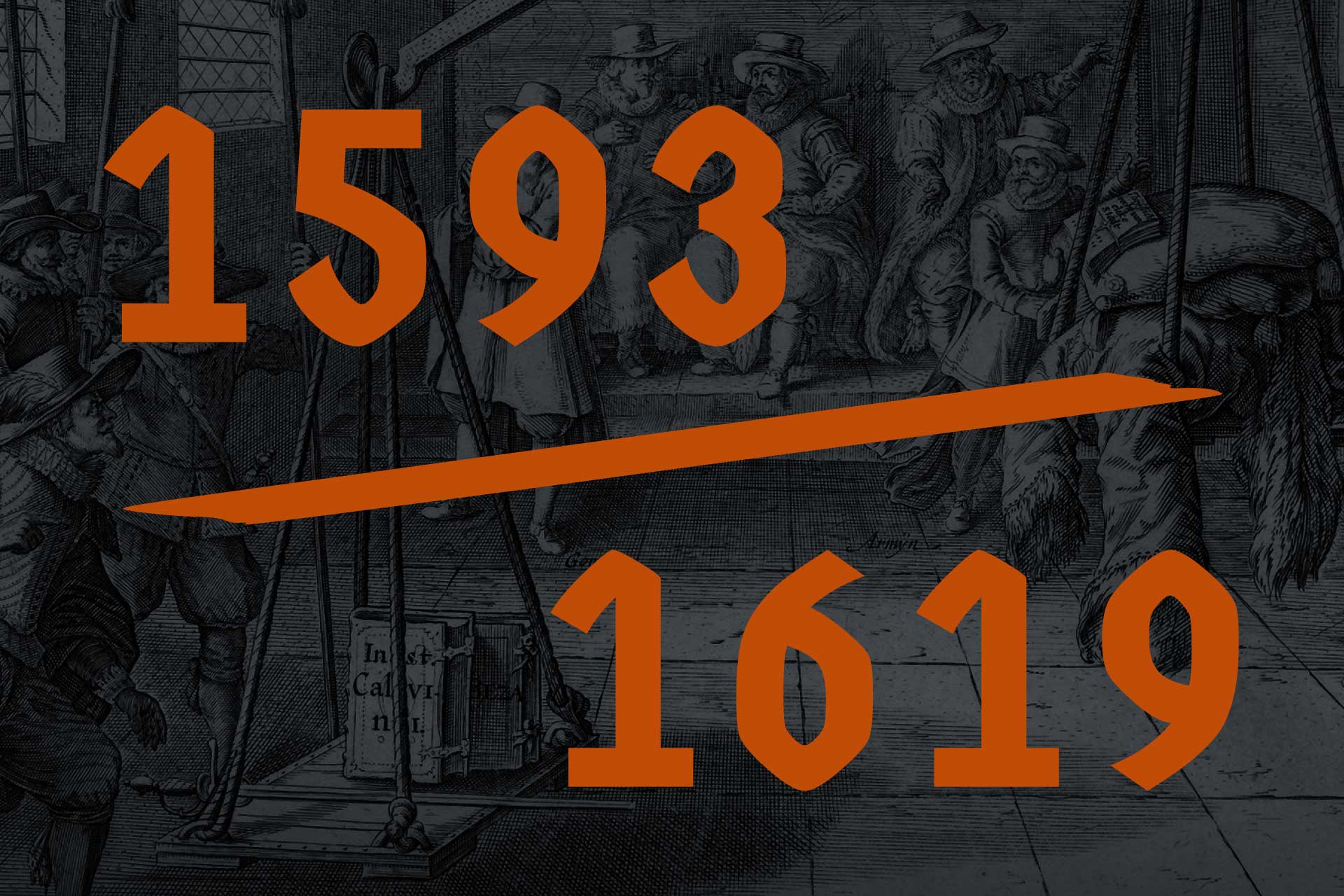
Timeline: 1593-1619
Resurgent Dutch forces lead by Maurice of Nassau go on the offensive, setting the stage for a brokered Twelve Years Truce. At the same time, the Humanist community at Leiden and Calvinist congregations grow in influence, leading to a cataclysmic confrontation in the Synod of Dort.
-
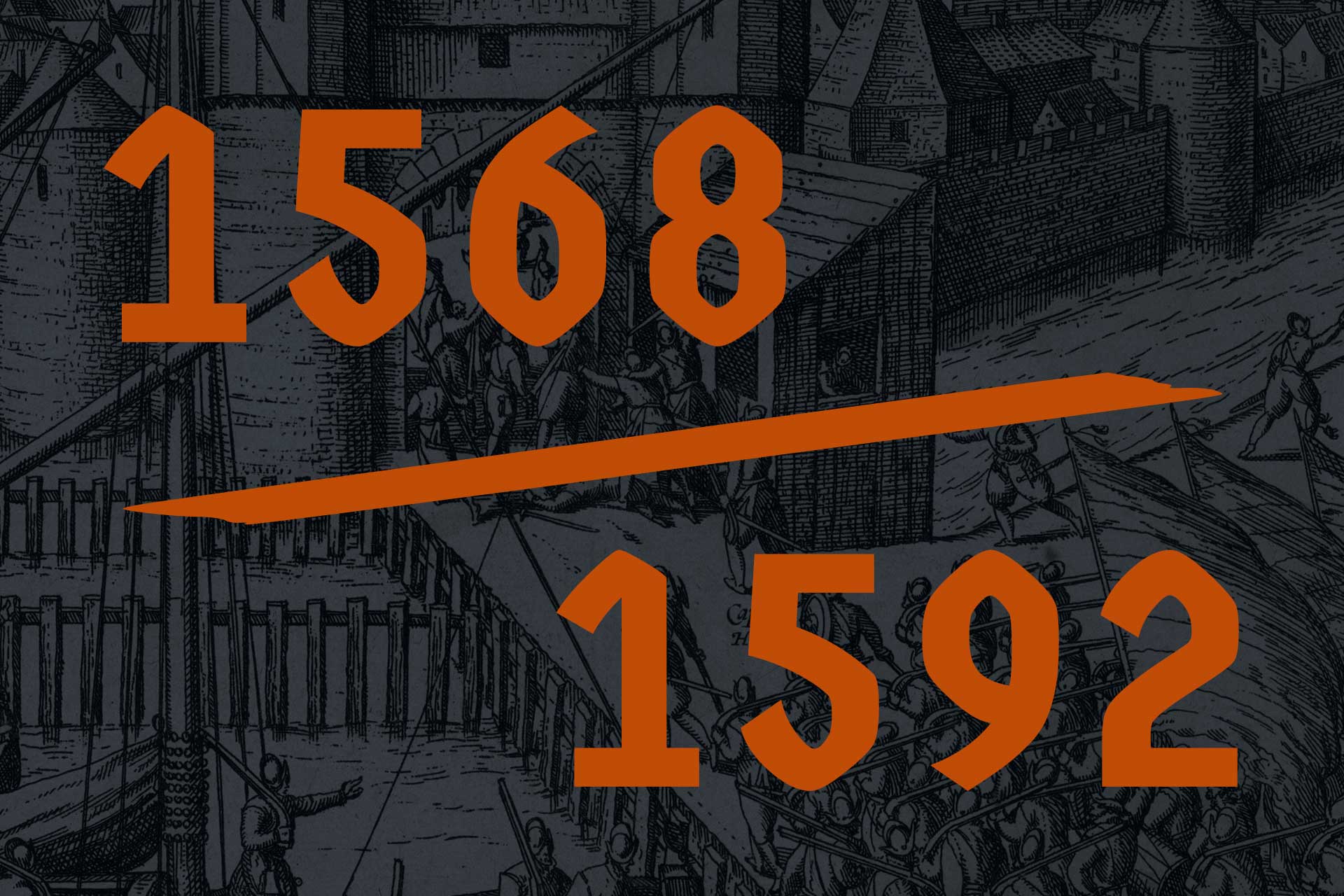
Timeline: 1568-1592
The Dutch Revolt had begun in earnest, and what began as a civil war evolved into a war for independence from Habsburg Spain by the northern provinces.
-
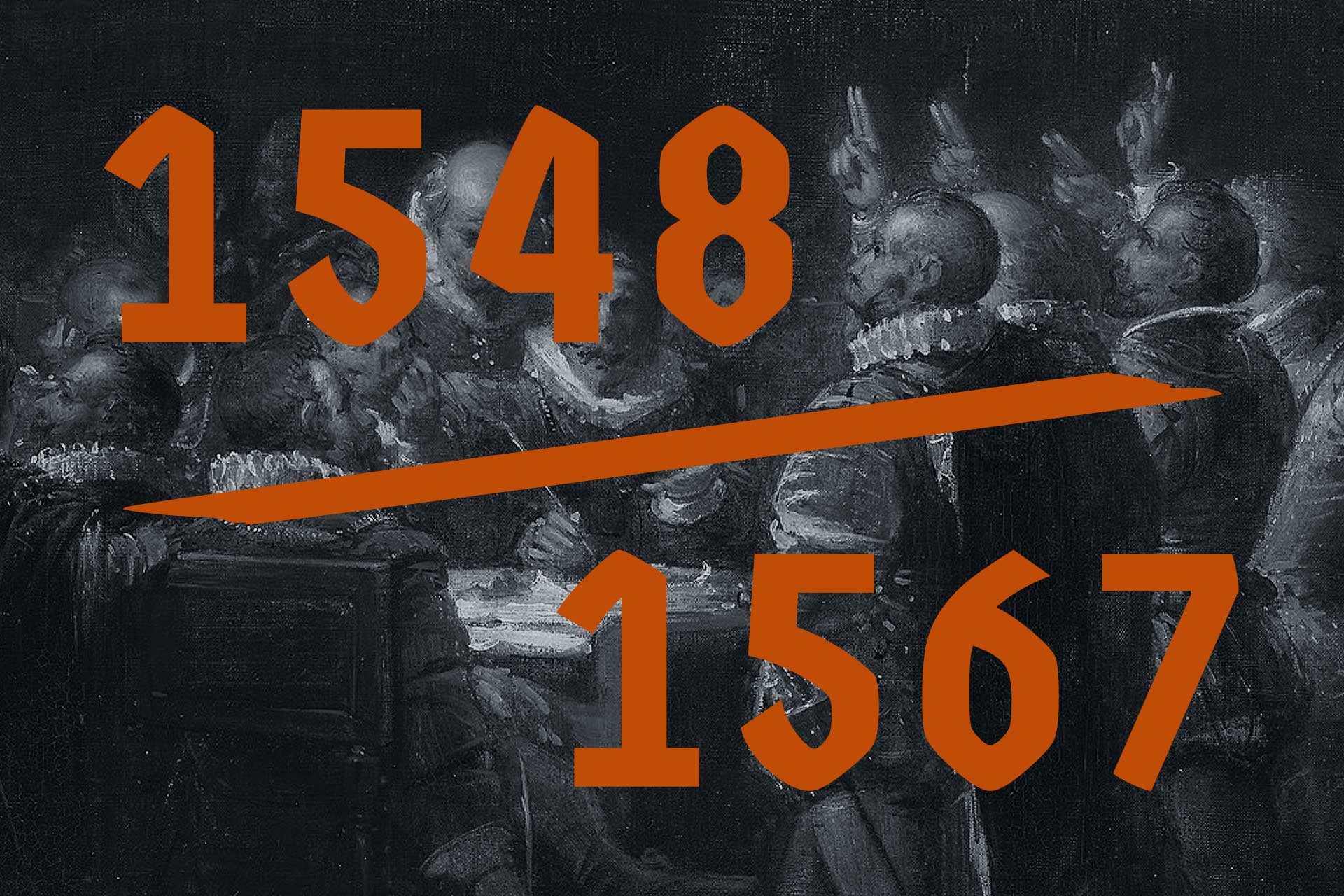
Timeline: 1548-1567
After decades of war and political maneuvering, Charles V united the Low Countries into the Seventeen Provinces in 1548. He’d later abdicate in favor of his son, Philip II, whose policies would stir the nobles and cities into open revolt by 1567.
-
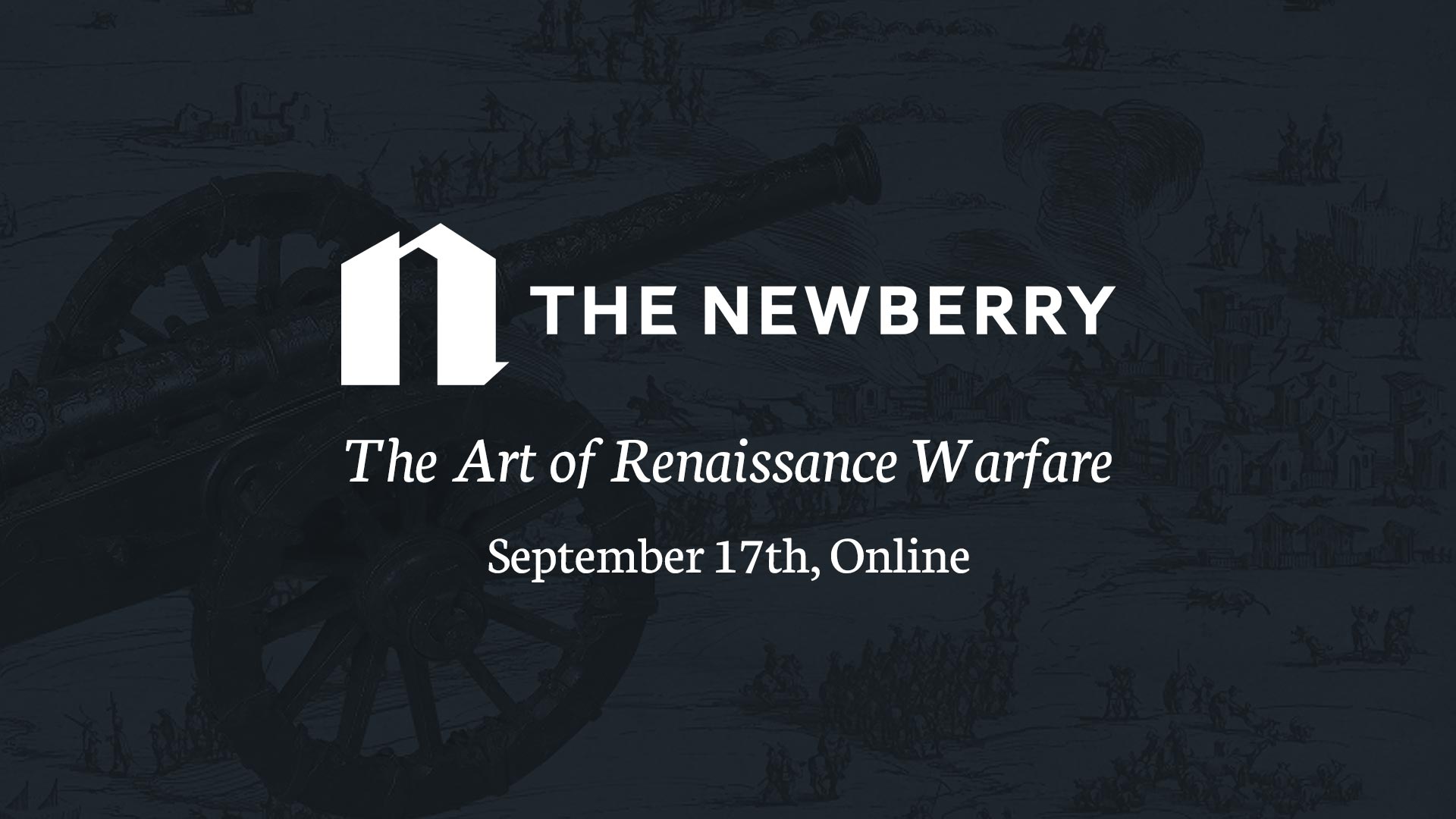
Upcoming “Art of Renaissance Warfare” Talk by The Newberry
The Center for Renaissance Studies at the Newberry Library is hosting a virtual talk on “The Art of Renaissance Warfare” on September 17th. https://www.newberry.org/09172020-art-renaissance-warfare “This public conversation explores how the development of gunpowder, stirrups, and new techniques for polishing armor changed the face of war in sixteenth-century Europe. In this virtual conversation, Jonathan Tavares of…
-
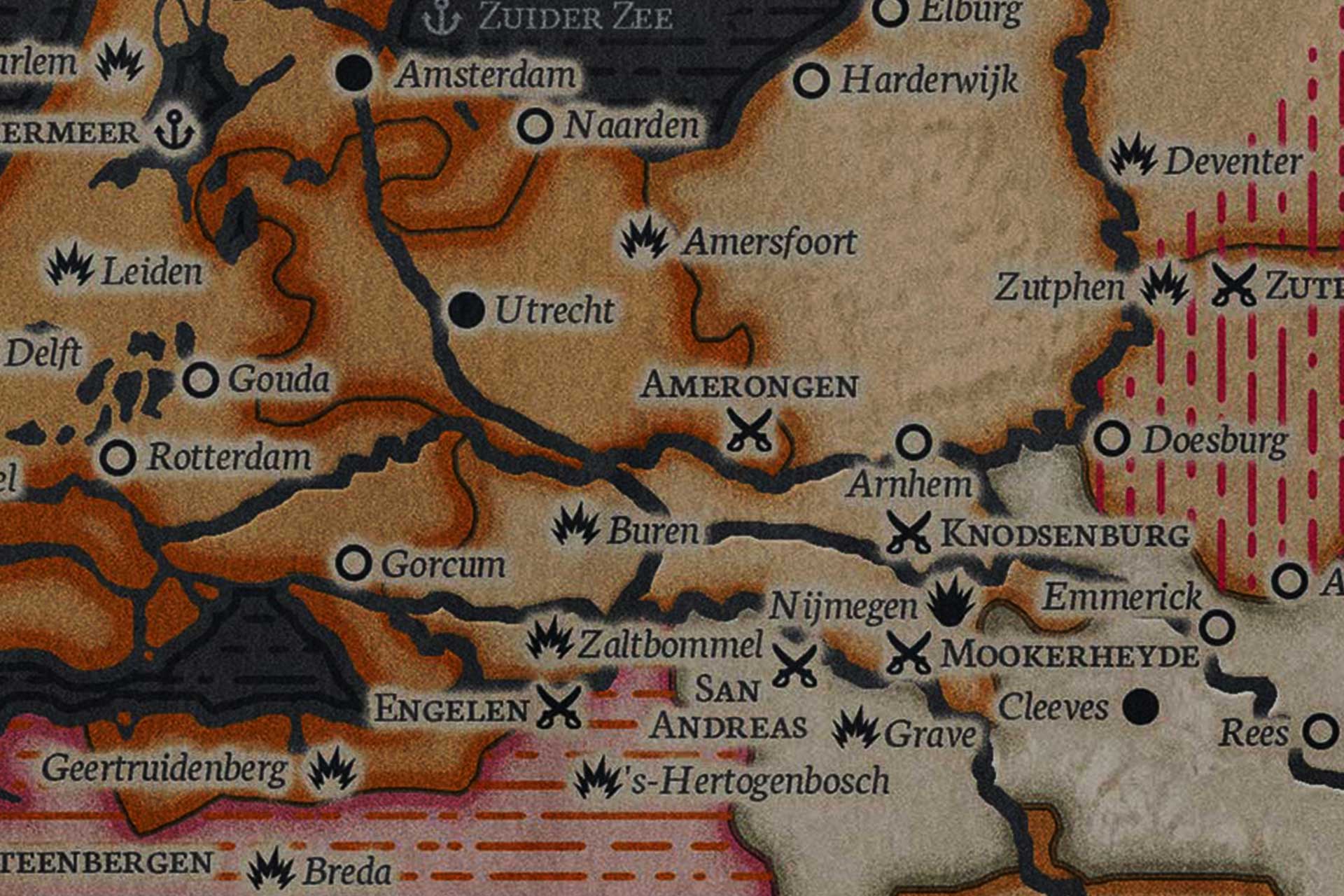
Map of the Cities & Battles of the Dutch Revolt
The Dutch Revolt ravaged the Low Countries: pitched battles were fought in the countryside, dozens of towns were besieged, and murderous pillaging plundered the countryside. Use this map to orient yourself to the locations of significant battles, cities, and towns. Also includes an inset map detailing post-Reformation religion in the northern provinces.
-
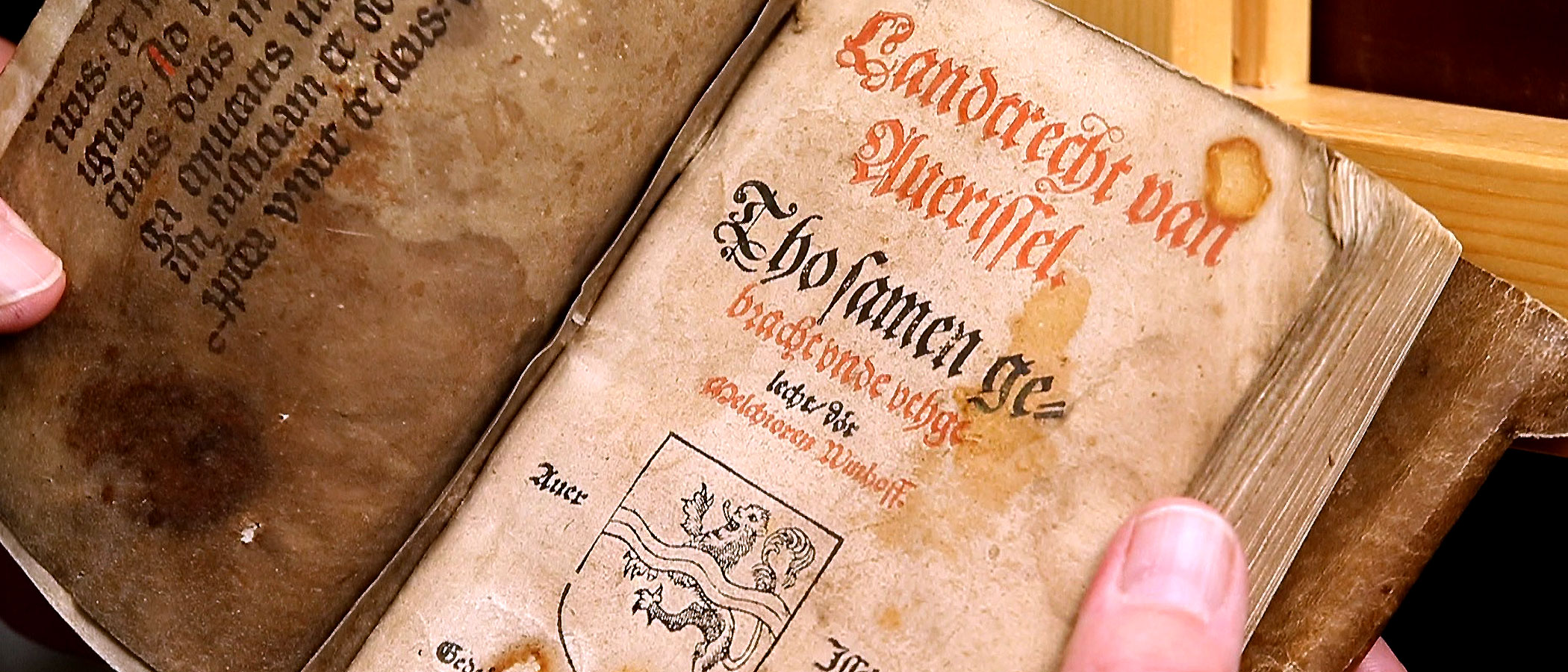
Melchior Winhoff’s Book of Laws, the Landtrecht van Averissel
When the government of Emperor Charles V called for all the provinces of the Low Countries to record and publish their regional laws, the newly-formed province of Overijssel was unready to do so. That’s when a local lawyer named Melchior Winhoff stepped up.
-
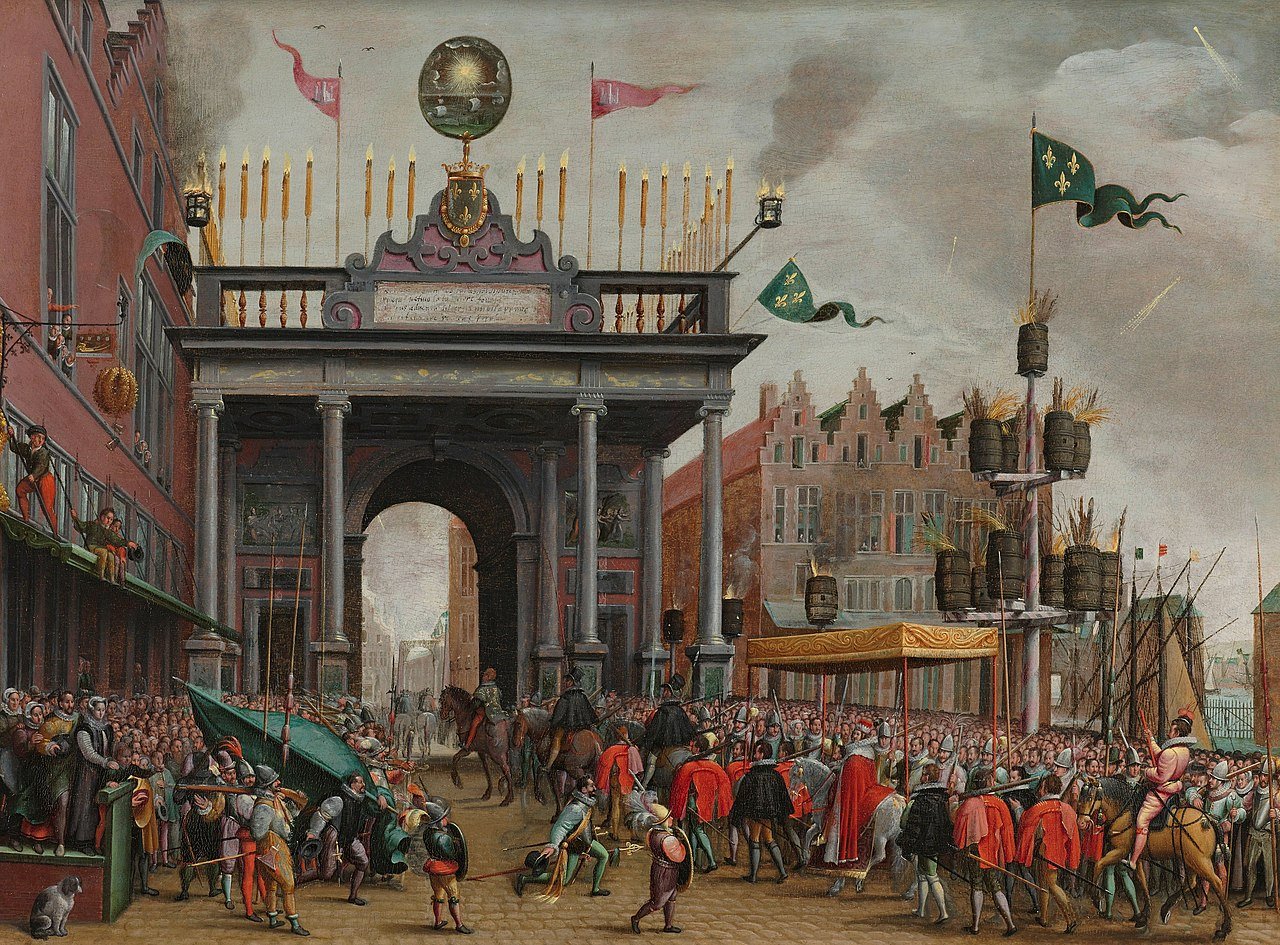
The Many Would-Be Kings of the Dutch
Thought it would come to be well known as a republic, the statesmen and soldiers that fought to establish an independent Dutch state certainly imagined – at first -that their new country would have a sovereign Prince at its head.